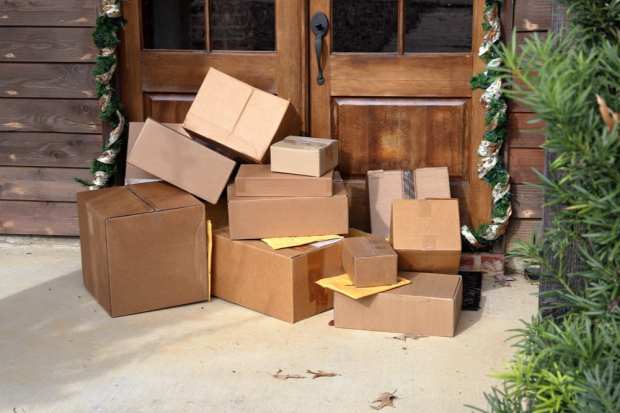Salesforce: Digital Surge Could Strain Holiday Shipping, Delay Millions Of Gifts

The highs will be high and the lows will be low. That in a nutshell is Salesforce’s take on Holiday 2020, which it delivered in a press event on Wednesday (Sept. 30). The company’s quarterly outlook predicted huge numbers for eCommerce, which will result in serious negative ramifications for shipping and returns, with customer satisfaction hanging in the balance.
“The combination of Amazon’s Prime Day event in mid-October and consumers eager to ensure their packages arrive on time will lead to an earlier start in the holiday shopping season,” according to the company’s report. “This is expected to shift up to $6 billion of November’s Cyber Week volume in the U.S. and $26 billion globally to the month of October. Despite this, Cyber Week digital traffic is still expected to grow by 28 percent year-over-year — a trend accelerated by nearly ubiquitous access from mobile phones and the fact that fewer people will be rushing to stores on Black Friday.”
By the numbers, Salesforce expects overall holiday sales are expected to be flat despite exponential digital growth, with $5.1 trillion in global sales and $730 billion in U.S. sales. The company estimates 30 percent year-over-year growth in overall global digital commerce during the fourth quarter (up from 8 percent in 2019) and 34 percent in the U.S. (up from 12 percent in 2019). Total digital sales, it says, will reach a record high of $940 billion globally and $221 billion in the U.S. When it’s all said and done, eCommerce will accelerate to 18 percent of total retail sales globally and 30 percent of total retail sales in the U.S., according to the company’s predictions.
Now the bad news. The digital surge will strain infrastructure capacity to the breaking point. Salesforce predicts that packages shipped by traditional delivery providers (FedEx, UPS, etc.) will exceed capacity by 5 percent across the globe between Mid-November and Christmas. That amounts to 700 million packages at risk for missing holiday arrival. Salesforce projects that overheated system to generate $4.5 billion in delivery surcharges and billions of customer service inquiries to accompany it.
Rob Garf, Salesforce VP of industry insights, told a conference call after the press event that consumers will be taking advantage of liberal shipping and returns policies.
“If consumers aren’t as confident with the fit, with the color, with a look … they’ll bracket,” he said. “They’ll buy the product that they think will fit, and then they’ll buy the product that’s one size higher one size lower, and they’ll return it. It’s really the Zappos phenomenon, if you will, so what retailers are doing is doubling down on their product detail page. And they’re taking the playbook from China, where retailers providing a lot of detail about the product to encourage buying confidence and really proactively keeping down the likelihood of returns.”
And to keep down the problems expected with shipping and returns, Garf pointed out the strategy that Target has worked so well, which is using stores as pickup and fulfillment centers.
“What a difference a year makes,” he said. “Last holiday, stores were critical experiential, discovery, and fulfillment hubs. But even with fewer shoppers visiting physical locations, stores remain an important asset to enable contactless fulfillment. Contactless fulfillment will be critical to extend the shipping window and relieve the pressure that will undoubtedly be pushing on the last-mile delivery network. Transforming stores into fulfillment centers will enable both efficient last mile delivery and convenient pickup locations.”
Salesforce predicts that sites offering store pickup will see a 90 percent increase in digital sales over the previous holiday season. Its research shows that during the pandemic, 36 percent of U.S. consumers reported that they used contactless delivery more than usual, and 30 percent used buy online, pickup in-store (BOPIS) more than usual.
